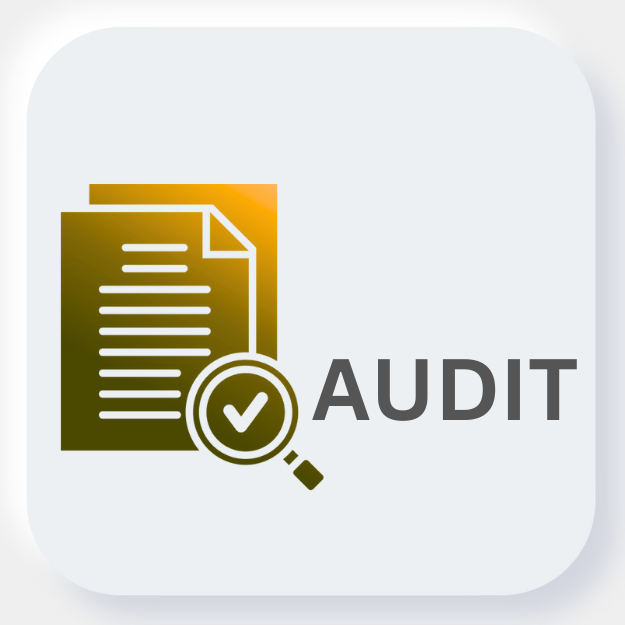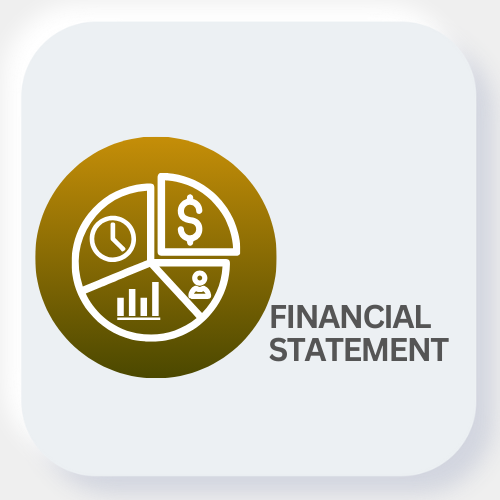
.png)












.png)










When you're looking for a direct tax interview questions - whether for a Big 4, a top consulting firm,
or even a mid-sized CA firm, expect practical questions from important sections. You’ll be asked
questions ranging from Section 44AB to international tax treaties, it’s quite versatile.
So, what’s the best way to prepare?
You don’t just “read” taxation. You practice questions, understand context, and build the confidence to
explain it in simple terms. That’s what this blog is all about.
Below is a list of the most commonly asked direct tax interview questions along with practical, to the
point answers. If you're specifically looking for income tax interview questions or corporate tax
interview questions, this guide covers both in depth.
Whether you're a fresher or someone switching roles, these income tax & corporate
taxation interview
questions will help you get interview ready.
Taxation has both: theory and practical. It sits at the intersection of law and business. It’s challenging, always evolving, and requires analytical thinking. Whether it’s direct tax or corporate tax, the ability to interpret new laws and apply them practically is what makes this career rewarding.
By subscribing to alerts from Big 4s, Taxmann, and TaxSutra. I also attend ICAI seminars and
follow government portals and Finance Ministry releases.
These direct tax interview questions often start with your understanding of the tax environment
and your source of updates.
Tax Audit (Sec 44AB) is an audit conducted by a CA to ensure correctness of income computation. The report is filed in Form 3CA/3CB and 3CD depending on the nature of accounts.
There are 44 clauses in Form 3CD, each designed to provide details on specific transactions or tax treatments.
Why it matters: Helps identify if you're trying to look richer (or poorer) by just changing your accounting lens.
Why it matters: Valuation methods can significantly impact profit.
Why it matters: One of the most heavily scrutinized clauses. TDS involved? Hence, serious zone.
Why it matters: So many audit adjustments happen here—especially when companies forget PF deadlines.
Why it matters: Cash transactions = red flag = headache for both client and CA.
Why it matters: Helps in reconciliation and ensures clients aren’t “accidentally” taking double depreciation.
This one’s like a report card.
It discloses:
Why it matters: A mismatch here can trigger notices (“intimation u/s 143(1)”)
Why it matters: Cross-verification with GST returns is the trend now. No escape.
Yes. For salary (Form 24Q), TDS is deducted u/s 192 and includes PAN details, challan details, payment date, and deposit date. It's filed quarterly using RPU (Return Preparation Utility) utilities and validated through FVU (File Validation Utility)
These are common tax audit interview questions asked during assessments for audit-focused roles.
These changes significantly affect corporate structuring and compliance. This is often covered in corporate taxation interview tips and discussion points
The optional tax regime under Sec 115BAC offers lower slab rates without exemptions. It's beneficial for those with minimal deductions—like young professionals or gig workers.
Some provisions introduced included changes in corporate tax rates, start-up taxation relief, and incentives for affordable housing.
This can be a potential topic for direct tax interview questions, since this topic is in the news
lately. Vivad se Vishwas Scheme 2024. The government’s version of “let bygones be bygones”… but with
a deadline.
The Vivad se Vishwas Scheme 2024 is a dispute resolution scheme launched by the Central Government
to clear the clutter of pending tax cases. Think of it like a mega tax clearance sale where you pay
less, get peace of mind, and go home with a clean record (kinda like closing tabs after weeks of
chaos).
In short: “Pay the tax, forget the interest & penalty, and let’s shake hands.”
There was a Vivad se Vishwas Scheme in 2020 - but that was mostly for Direct Taxes.
This one? It’s the 2024 avatar, bigger, better, and laser-focused on resolving indirect
tax disputes
(GST, Excise, Service Tax) pending under various tribunals and courts.
This scheme is for you if:
But, it’s not for:
| Income Slab | Old Regime Tax Rate | New Regime Tax Rate (2025) |
|---|---|---|
| Up to Rs. 2.5 lakh | Nil | Nil |
| Rs. 2.5 lakh - Rs. 5 lakh | 5% | Nil (due to rebate under 87A) |
| Rs. 4 lakh - Rs. 8 lakh | 5% | 5% |
| Rs. 8 lakh - Rs. 12 lakh | 20% | 10% |
| Rs. 12 lakh - Rs. 16 lakh | 30% | 15% |
| Rs. 16 lakh - Rs. 20 lakh | 30% | 20% |
| Rs. 20 lakh - Rs. 24 lakh | 30% | 25% |
| Above Rs. 24 lakh | 30% | 30% |
| Feature | Old Regime | New Regime |
|---|---|---|
| Standard Deduction (Salary) | Rs. 50,000 | Rs. 75,000 |
| 80C Deduction | Up to Rs. 1.5 lakh | Not allowed |
| 80D (Medical Insurance) | Allowed | Not allowed |
| HRA, LTA, etc. | Allowed | Not allowed |
| Simplicity | Complex (Paperwork) | Simple (Less compliance) |
Note: every year, the slab rates are updated, so this inherently becomes an important topic for income tax interview questions.
| Type of Taxpayer | Better Option | Why? |
|---|---|---|
| Salaried with minimal deductions | New Regime | Simple calculation, less paperwork |
| Salaried with high HRA, 80C, and 80D deductions | Old Regime | Deductions bring down taxable income more than reduced rates |
| Freelancers/self-employed with no big investments | New Regime | No point in old regime if you’re not claiming deductions |
| Home loan borrowers claiming interest under 24(b) | Old Regime | Home loan interest deduction is NOT available in the new regime |
| Senior citizens with high 80D & savings interest | Old Regime | Additional deductions available specifically for senior citizens |
| Someone earning below Rs. 7.5 lakh (salary) | New Regime | No tax due to Rs. 75,000 standard deduction + 87A rebate |
These practical tax questions for job interviews often focus on real-world application of PGBP provisions.
If both apply, TDS under 194Q overrides TCS under 206C(1H). Buyer deducts tax, seller stops collecting. If seller collects first, buyer need not deduct again.
They’re levied to fund specific government programs and are not shared with states.
Double Taxation Avoidance Agreement prevents double taxation on cross-border income.
To claim:
MFN allows treaty countries to claim lower rates granted to newer treaty partners. However, as per the 2023 Supreme Court judgment in Nestle SA, MFN benefits apply only after a separate notification
A PE is a fixed business presence in India. It triggers taxation of foreign entities in India. Types include:
These are commonly asked interview questions for tax professionals aspiring to work in international taxation or MNCs.
It's a tax credit statement showing TDS, TCS, advance tax, refunds, etc. Crucial for reconciling before filing ITR.
Started for retirement savings of employees (including private sector). Offers tax benefits, low-cost investment, and long-term growth.
An employer-contributed retirement benefit. Up to Rs. 1.5 lakh contribution is exempt; beyond that, it's taxable.
Section 112A deals with Long Term Capital Gains (LTCG) on the sale of:
Provided you've held them for more than 12 months.
But there’s a twist - it only applies if STT (Securities Transaction Tax) was paid at the time of purchase/sale.
| Particulars | Details |
|---|---|
| Type of Asset | Listed Equity Shares / Equity Mutual Funds / Units of Business Trusts |
| Holding Period | More than 12 months |
| Tax Rate | 10% on gains exceeding Rs. 1 lakh |
| Exemption Limit | First Rs. 1 lakh = Tax Free |
| Indexation Benefit | Not allowed |
| Rebate under Section 87A | Not allowed against this LTCG |
That’s all for income tax interview. Your goal isn’t just to “memorize” these answers, but to understand
them deeply enough to explain in your own words. That’s what makes an impression.
So next time you walk into a direct & corporate tax interview, walk in like someone who understands how
the
law applies - not someone who crammed 100 sections last night.
If you're wondering how to prepare for direct tax interview questions in India, start with these
practical
tax questions for job interviews, build your basics, and read smart-not just hard.
You’ve got this!